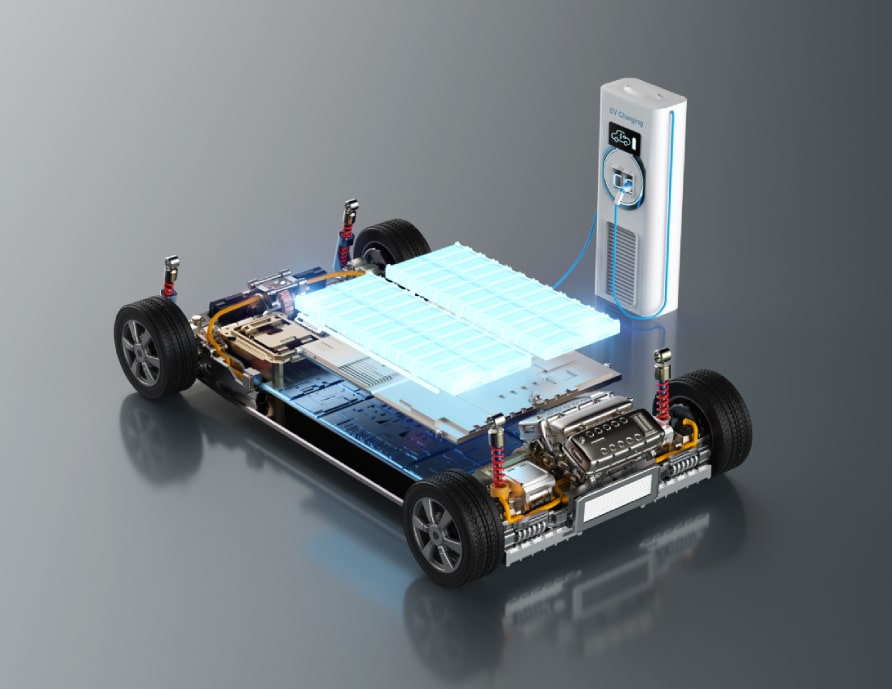The journey of building a power station is a complex and multifaceted process that involves various stages, from conceptualization to realization. Here’s an overview of the key steps involved in bringing a power station from concept to reality:
1. Project Initiation and Planning:
- Conceptualization: The process begins with identifying the need for a power station, whether it’s to meet increasing energy demand, replace aging infrastructure, or transition to cleaner energy sources.
- Feasibility Study: Conducting a feasibility study assesses technical, economic, environmental, and regulatory factors. It helps determine if the project is viable and outlines potential challenges and opportunities.
2. Site Selection and Environmental Impact Assessment:
- Site Evaluation: Choosing the optimal location involves evaluating factors such as proximity to energy sources, access to infrastructure, environmental impact, and community considerations.
- Environmental Impact Assessment (EIA): Assessing the potential environmental effects helps identify mitigation strategies and ensures compliance with environmental regulations.
3. Design and Engineering:
- Conceptual Design: Engineers and architects develop a preliminary design based on the project’s requirements, including power capacity, technology selection, and layout.
- Detailed Design: Detailed engineering plans are created, specifying equipment, materials, dimensions, and construction methodologies.
4. Regulatory Approvals and Permits:
- Permitting Process: Obtaining necessary permits and approvals from regulatory authorities, environmental agencies, and local communities is crucial to ensure compliance with regulations and standards.
5. Procurement and Construction:
- Procurement: Equipment and materials are sourced and purchased according to the design specifications.
- Construction: Building the power station involves civil works, equipment installation, electrical and mechanical systems setup, and structural development.
6. Testing and Commissioning:
- Testing: Individual components, systems, and safety mechanisms are rigorously tested to ensure they meet operational and safety standards.
- Commissioning: The power station’s systems are integrated, and comprehensive testing is conducted to verify its operational readiness.
7. Safety and Quality Assurance:
- Health and Safety: Strict safety protocols are followed throughout construction to protect workers and the surrounding environment.
- Quality Assurance: Quality control measures are implemented to ensure the facility meets design specifications and performance expectations.
8. Grid Integration and Connection:
- Grid Connection: The power station is connected to the electrical grid, and its operations are synchronized with grid requirements.
9. Training and Operations Preparation:
- Training: Staff members are trained in operating and maintaining the power station’s equipment and systems.
- Operations Preparation: Operational procedures, maintenance schedules, and emergency response plans are developed.
10. Launch and Commercial Operation:
- Start-Up: The power station begins operation, generating electricity and contributing to the energy supply.
- Commercial Operation: The power station enters its commercial phase, providing electricity to consumers and contributing to the grid.
11. Monitoring and Maintenance:
- Regular Monitoring: The power station’s performance, efficiency, and safety are continuously monitored.
- Maintenance: Scheduled maintenance and repairs are conducted to ensure consistent operation and prevent downtime.
12. Continuous Improvement:
- Optimization: The power station’s operations and systems are continuously optimized to enhance efficiency, reduce emissions, and adapt to changing energy demands.
The journey of building a power station requires collaboration among various stakeholders, including project developers, engineers, environmental experts, regulators, and local communities. Successful implementation involves careful planning, adherence to regulations, quality assurance, and ongoing maintenance to ensure the power station’s reliability and contribution to the energy landscape.



